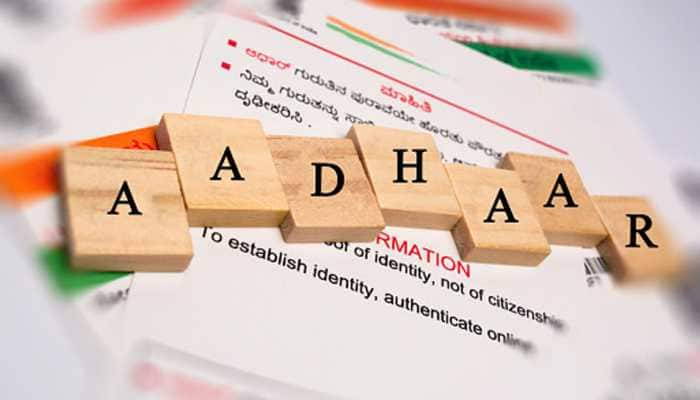Election Commission Reveals Crucial Details Of EVM, VVPAT Before Supreme Court
While the petitioners wanted more clarity and scrutiny in the voting system, the Election Commission also put forward its contentions against the arguments.
Trending Photos
)
The hearing for the EVM-VVPAT case has been going on in the Supreme Court with both sides - the petitioners and the Election Commission of India putting forward their arguments. While the petitioners wanted more clarity and scrutiny in the voting system, the Election Commission also put forward its contentions against the arguments. Earlier, the Supreme Court rejected the petitioner's appeal to return to the ballot paper system indirectly referring to ballot bot looting incidents in the pre-EVM era. Hearing the case, the SC said that an electoral process should have a sanctity. Here are key points told to the SC by the Election Commission:
- The Election Commission of India informed the Supreme Court that allegations of Electronic Voting Machines (EVM) showing one extra vote during a mock poll in Kerala's Kasaragod were false.
- The Election Commission also told the Supreme Court that the manufacturer of the EVM does not know which button will be assigned to which party or which machine is going to be allotted to which booth across India. The EC said that VVPAT is basically a printer and it doesn't contain any data.
- The EC said that the poll symbols are uploaded on the 4 MB flash memory of the VVPAT machine in the presence of candidates or their representatives seven days before polling.
- The EC said that the ballot unit is not aware of candidates or symbols as it only has buttons on which party symbols are pasted. The EC said that when a button is pressed, the unit sends a message to the control unit and the control unit alerts VVPAT for printing the symbol.
- Responding to the court's poser whether there was any software in the VVPAT printer, the EC replied in negative. The EC also told the court that only one symbol loading unit is created for the polling in each constituency which remains in the custody of the Returning Officer till the conclusion of the poll.
- The Election Commission also informed the court about the mock drill. It said that contesting candidates are allowed to pick up randomly 5 per cent EVM-VVPAT machines. It said that after mock voting, VVPAT slips are taken out, counted and matched with the EVM.
- The poll body also told the court that the voting machines run on firmware and the program cannot be changed.
- Responding to the court's question if a voter can be given a VVPAT slip after voting, the EC said that this would compromise the secrecy of the vote and may be misused outside the booth.
The case in the Supreme Court comes amid the opposition's allegation that EVMs are tampered with by the ruling party to win the polls.
Stay informed on all the latest news, real-time breaking news updates, and follow all the important headlines in india news and world News on Zee News.
Live Tv







)
)
)
)
)
)
)
)
)
)
